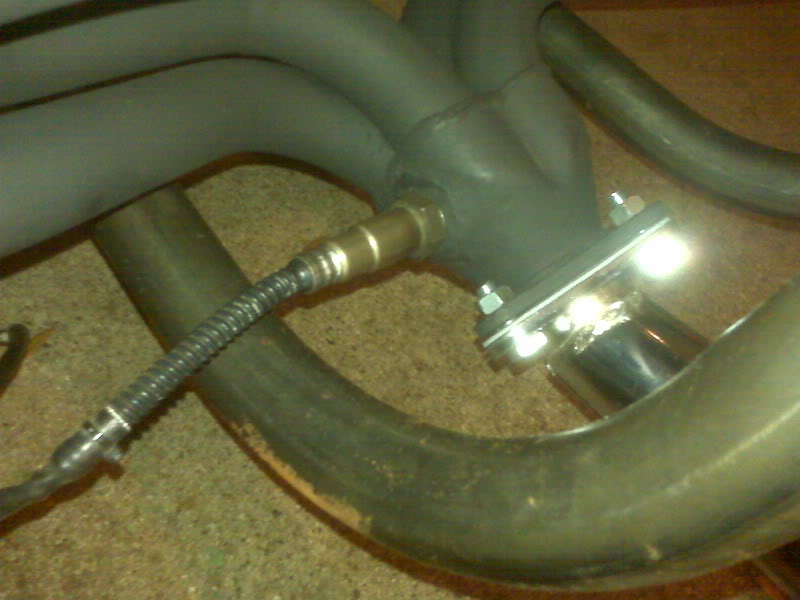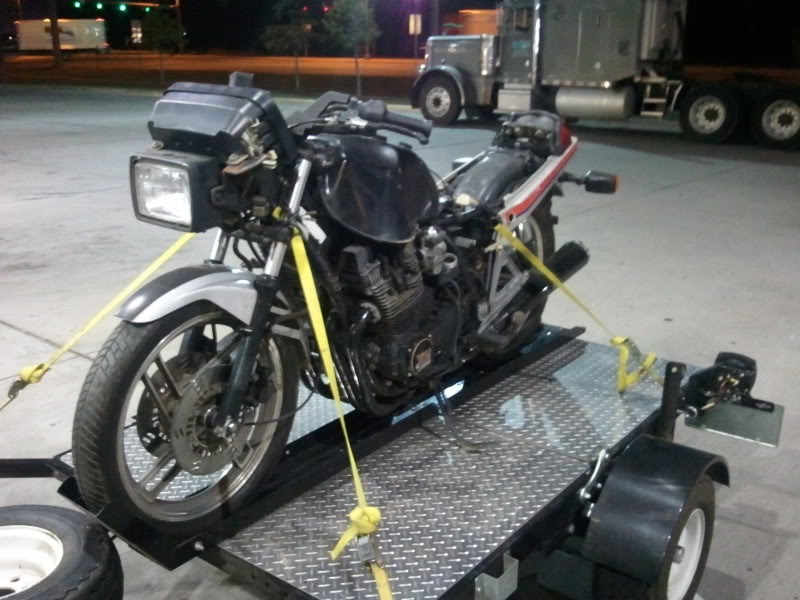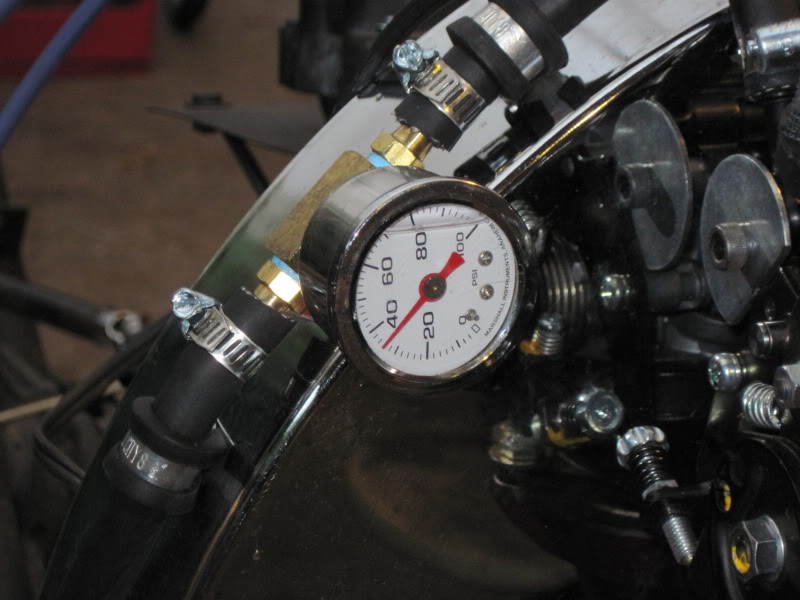I have a couple of handloading books, most notably the 18th edition of “Handloaders Digest”, wherein there is an article by Patrick Sweeney, “Reloading in Volume”.
The big takeaway for me was the need to kind of abandon my batch-like loading limitations. I got the Lee Pro 1000 specifically to load faster, then I end up still working in a kind batch mode, loading one box at a time, just faster. I tended to sort out 50 alike headstamps, load 50 rounds, put 50 rounds in a box and do the next 50 rounds.
Following much of the advice in Sweeney’s article, I instead loaded the press up with 200 primers and a full powder measure. I had all the components close at hand. I cranked out rounds until my plastic output bin was full. Having at this time just the one such bin, I stopped and transferred two and a half boxes, labeled them with the load info. I topped off the powder and primer hoppers and resumed cranking them out until I reached a reasonable stopping point.
In the end, I had loaded 5 full boxes and had about 1/3 of box in the output bin in just under an hour. With the “one box at a time method”, I could finish a box in 13-15 minutes, but I didn’t time the preparations done between boxes.
The Lee Case Collator makes loading the case tubes much faster. Putting 200 primers in the primer hopper mean that process stops less often. I found that having very close, the box of fresh bullets, the output bin and the press, arranged in a gentle arc meant I could watch the press for problems, such as the primer chute not staying full or approaching the end of a case tube while blindly reaching for a bullet. As the carrier assembly approaches the bottom of the stroke, I check to see that the column of primers moves at the proper point. At the bottom of the stroke, I feel the primer set, visually verify that the right powder charge was dropped, sweep out the occasional completed round that didn’t fall all the way to the bin, set the bullet, turn the case feeder if needed and begin the cycle again.
The only interruption was to reload the case tubes and the occasional primer glitch. Most often, this was because I missed that the chute was not being replenished from the hopper and got too low. If the column of primers is not high enough in the chute, it does not feed the primer. Actually, it most often misfeeds the primer by half, meaning the priming stroke crushes a unit under the shellplate, requiring a full stop to clear the damaged primer out before resuming. Consequently, I am irritated with myself when that happens.
The hour worth of reloading I did was in two separate 30 minutes sessions, performed while I was waiting for horses to eat. I intentionally reached a stopping point and just stopped, walked out of the shop and returned hours later to feed the horses again and resume where I left off, with no specific preparation for the 2nd session. I imagine that I can streamline the operation a little bit more if I have a couple of continuous hours. And a bigger output bin.
I want to cycle through all this 40 S&W then set the press back up for 10mm and run through that batch. By then, I expect to have a 9mm batch to load.



